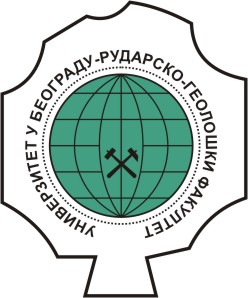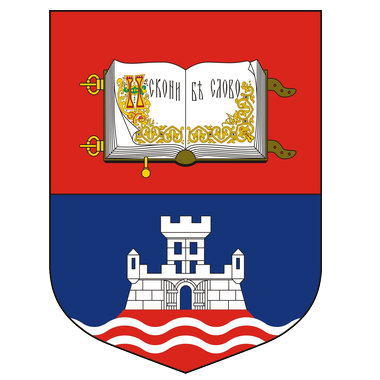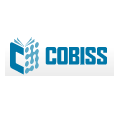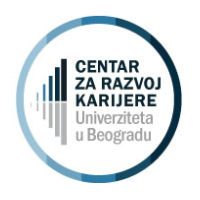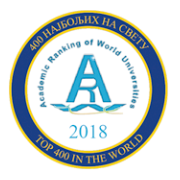Content:
Theory teaching
Recording of an approximate number, significant, secure digits, rounding rules. Absolute error, relative error and their boundaries. Function error and reverse error problem. Isolation of the real solution of the equation f (x) = 0 (analytical and graphical). Solving the equation f (x) = 0, methods: interval of interval, iteration, cuttings (regula falsi), Newton’s method (tangents), combined. Solving the system of linear equations: Gaussian, iterative method, Gauss–Seidel method. Solving the non-linear equations system: iterative method, Newton’s, gradient method. Interpolation: Lagrange interpolation polynomial, finite difference of a function, Newton’s interpolation polynomials, inverse interpolation. Differentiation. Integration: Methods of Rectangles and Trapezes, Simpson’s Method. Numerical solving of differential equations: Picard, Euler and Runge-Kutta methods. Network methods for partial equations of an elliptic, parabolic and hyperbolic type. PipeSim features, application possibilities. Eclipse-characteristics, application capabilities. Petrel-characteristics, application possibilities. Practical teaching
Applying the numerical analysis methods specified in the content of the subject to solve tasks. PipeSim-application. Simulation of flow (oil and / or gas and / or water) through perforations, borehole, nozzle, piping. Separation. Integral flow simulation through out the entire production system. Dimensioning of production equipment (number of perforations, tubing diameter, nozzle diameter, piping diameter, separation conditions). Eclipse. Modeling of the ore deposit. Simulation. Estimation of the ore reserve. Petrel |
